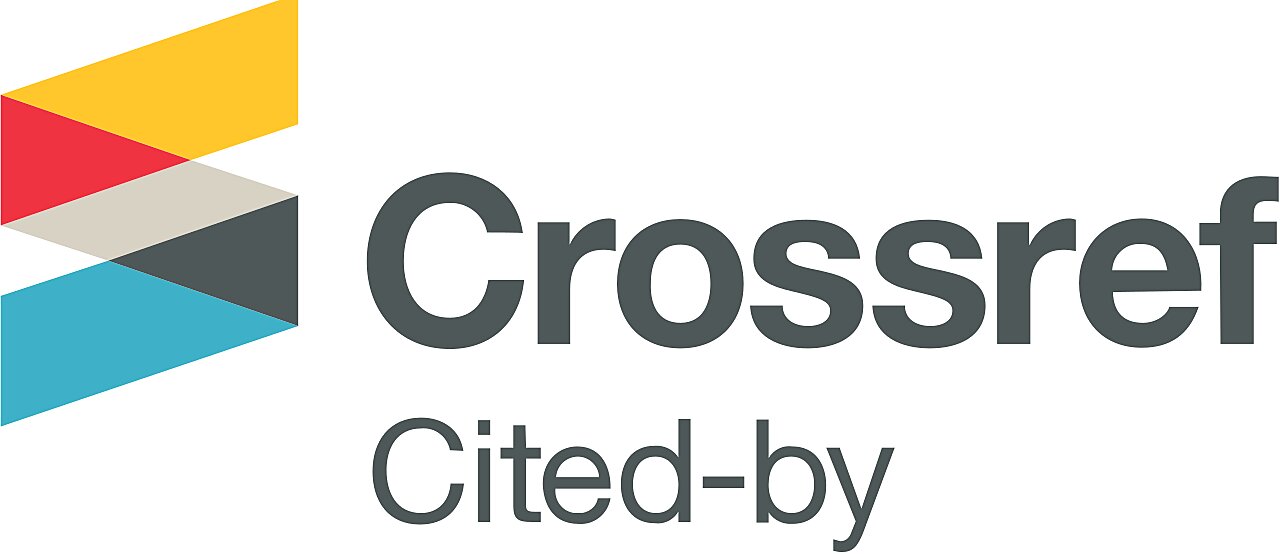
Descriptive univariate analysis of the use of aerial cable for coffee transport at the farm level Análisis descriptivo univariado del empleo de cable aéreo para transporte de café a nivel de finca
Keywords

This work is licensed under a Creative Commons Attribution-NonCommercial-NoDerivatives 4.0 International License.
Summary
On-farm coffee cherry transport methods that complement or replace the physical labor of pickers include aerial cables. These are devices with various traction methods, power sources, motorized power, braking systems, and designs for loading and mobilization platforms, with winch and continuous rotation over pulleys being the most common types. A descriptive study was conducted in seven departments with farms that use this technology, through univariate analysis. The results indicate that there is a wide diversity in technical, economic, and social characteristics. The interquartile range of coffee growing area spans from 2.6 to 8.9 hectares, and an average of 39.8 tons (C.V: 130%) of coffee cherries are transported per year. Under the observed conditions, the installation of an aerial cable resulted in a reduction in fruit transport time per workday from 57.6 min (S.D. 17.5) to 15.0 min (S.D. 4.9). The average investment amount (2021) was $15,910,000 COP, $27,352,000 COP and $38,285,000 COP in small, medium, and large farms respectively. Regarding the factors that determined the installation of the system, coffee growers cited cost reduction, increased harvesting efficiency, improved recruitment and retention of pickers, the transportation of other agricultural products, equipment, and supplies, administrative ease during harvest seasons, and property value appreciation. However, initial investment costs and maintenance were identified as limitations.
Author biography (See)
References (See)
- Agencia de Desarrollo Rural [ADR]. (2019). Reglamento para proyectos integrales de desarrollo agropecuario y rural con enfoque territorial. https://www.adr.gov.co/wp-content/uploads/2021/07/Manual-PIDAR-2019-V1-06.06.2019.pdf
- ARL Sura. (s/f). Manejo manual de cargas. Recuperado el 8 de mayo de 2024, de https://www.arlsura.com/index2.php?option=com_content&task=view&id=785&Itemid=346&pop=1&page=0
- Cubillos, A., Lesmes Suárez, J. C., Murcia, J. S., Murcia, S. D., Varón Ramírez, V. M., & Santacruz, A. M. (2023). Tecnologías de transporte por cable aéreo para condiciones de ladera. Corporación Colombiana de Investigación Agropecuaria (Agrosavia). https://doi.org/10.21930/agrosavia.brochure.7406399
- Ministerio de Transporte. (2004). Decreto No.1072 de 2004. Por el cual se reglamenta el Servicio Público de Transporte por Cable de Pasajeros y Carga. https://www.ani.gov.co/normatividad-inco/decreto-no1072-de-2004-457
- Duque, H., & Dussan, C. (2005). Productividad de la mano de obra en la cosecha de café en cuatro municipios de la región cafetera central de Caldas. Revista Cenicafé, 55(3), 246–258. http://biblioteca.cenicafe.org/handle/10778/256
- Federación Nacional de Cafeteros de Colombia. (2017). La recolección de café en Colombia: Una caracterización del mercado laboral. Revista Ensayos Sobre Economía Cafetera, 32(1), 35–65. https://doi.org/10.38141/10788/032-1-4
- Fondo para el Financiamiento del Sector Agropecuario [Finagro]. (s/f). Líneas Especiales de Crédito—LEC FINAGRO. Recuperado el 9 de mayo de 2024, de https://www.finagro.com.co/lineas-especiales-credito-lec-finagro
- Martínez, R. A., Montoya-Restrepo, E. C., Vélez-Zape, J. C., & Oliveros-Tascón, C. E. (2005). Estudio de tiempos y movimientos de la recolección manual del café en condiciones de alta pendiente. Revista Cenicafé, 56(1), 50–66. https://biblioteca.cenicafe.org/handle/10778/115
- Ministerio de Trabajo y Seguridad Social. (1979). Resolución 2400 de 1979. Por la cual se establecen algunas disposiciones sobre vivienda, higiene y seguridad en los establecimientos de trabajo. https://www.bogotajuridica.gov.co/sisjur/normas/Norma1.jsp?i=53565
- Oliveros, C. E., & Sanz, J. R. (2011). Ingeniería y café en Colombia. Revista de Ingeniería, 33(1), 99–114. https://doi.org/10.16924/revinge.33.10
- Parra, H., Álvarez, F., & Roa Mejía, G. (1989). Transporte de café cereza por cable aéreo de gravedad. Revista Facultad Nacional de Agronomía Medellín, 42(2), 31–57. https://revistas.unal.edu.co/index.php/refame/article/view/28451
- Patiño, F., Gómez, A., & Álvarez, F. (1994). Diseño y construcción de un transportador mecánico de café cereza por cable aéreo. Revista facultad nacional de agronomía Medellín, 47(1- 2), 73–88. https://revistas.unal.edu.co/index.php/refame/article/view/28551
- Salazar, K., Arroyave, A., Ovalle, A. M., Ocampo, O. L., Ramírez, C. A., & Oliveros, C. E. (2016). Tiempos en la recolección manual tradicional de café. Ingeniería Industrial, 37(2), 114-126. https://www.redalyc.org/pdf/3604/360446197002.pdf
- Sánchez Jiménez, R. J., & Forero, C. A. (2016). Modelo productivo manejo agronómico de la caña de azúcar y producción agroindustrial de panela en la hoya de río Suárez. Corporación Colombiana de Investigación Agropecuaria. http://hdl.handle.net/20.500.12324/13747
- Sanz, J. R., Oliveros, C. E., Ramírez-Gómez, C. A., & Londoño-González, M. T. (2011). Sistema de malacate y vagón para transporte de café en cereza en condiciones de alta pendiente. Revista Cenicafé, 62(2), 100–110. https://biblioteca.cenicafe.org/handle/10778/468
- Snedecor, G. W., & Cochran, W. G. (1996). Statistical methods (8a ed.). Iowa State Univ. Press.
- Velez Zape, J. C., Montoya, E. C., & Oliveros Tascón, C. E. (1999). Estudio de tiempos y movimientos para el mejoramiento de la cosecha manual del café. Boletín Técnico Cenicafé, 21, 1–97. https://doi.org/10.38141/10781/021
Most read articles by the same author(s)
- Juan Gómez-Soto, Economic analysis of cherry retention and the use of tarps in coffee harvesting , Cenicafe Journal: Vol. 74 No. 1 (2023): Cenicafé Journal







